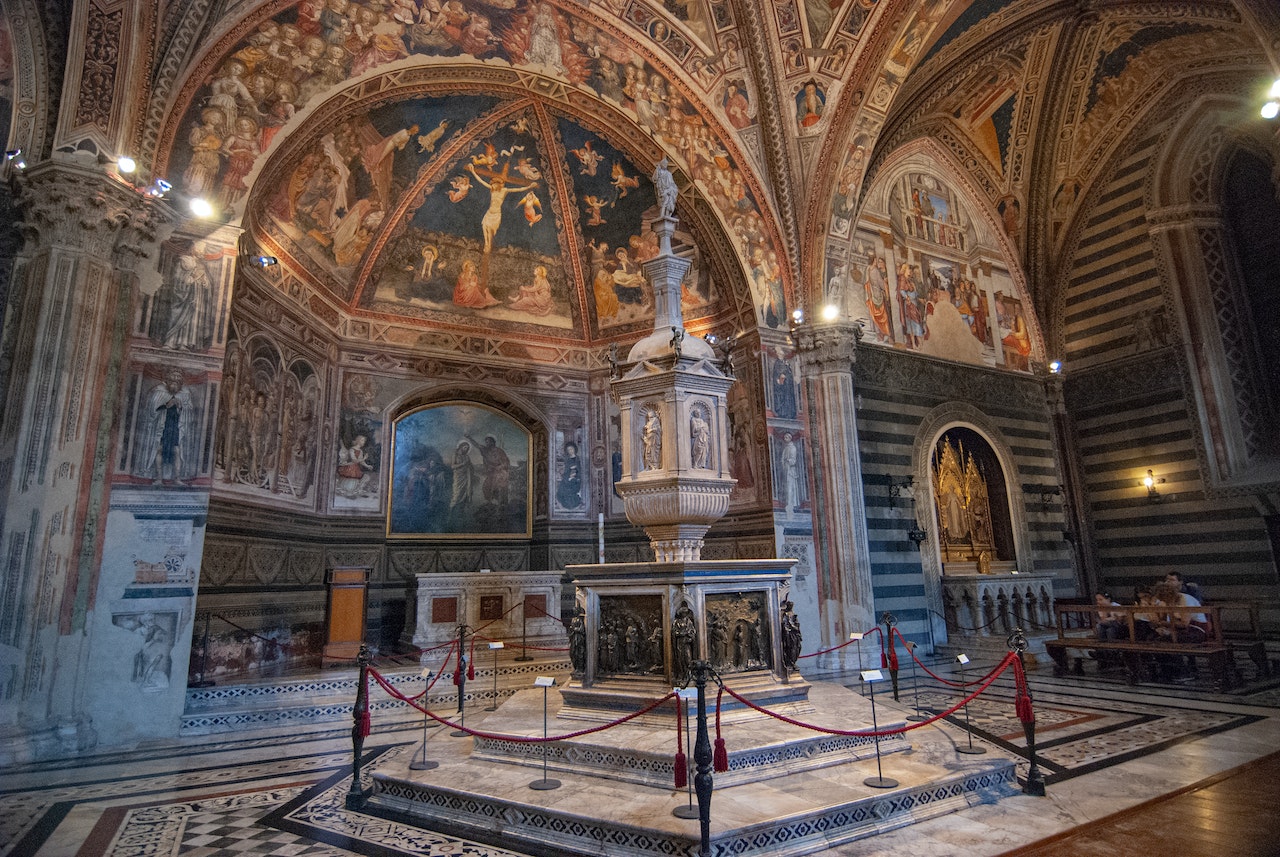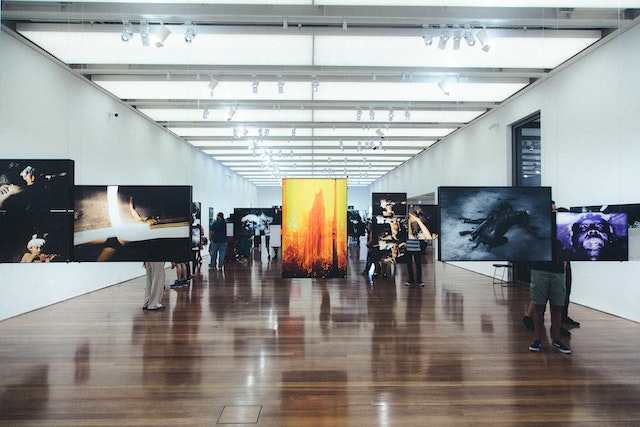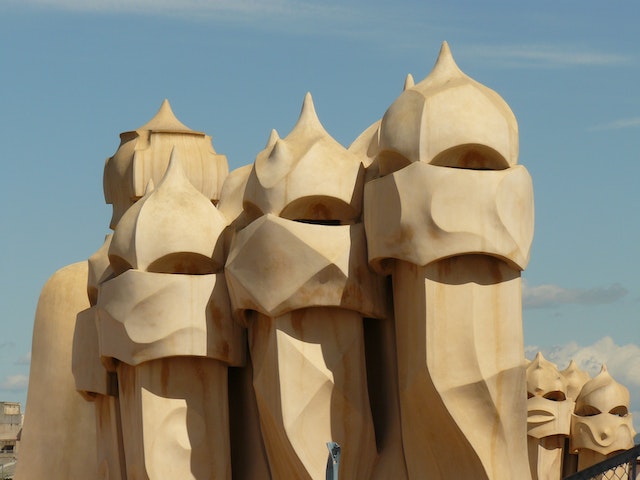Comments
- No comments found

By merging the realms of technology and artistic creativity, deep learning is redefining traditional art forms and inspiring new avenues for artistic expression.
The world of art has forever been a realm of unfettered human imagination, where creativity knows no bounds. Now, a remarkable technological force is pushing the boundaries of artistic expression even further – deep learning. Typically recognized for its advancements in image recognition, natural language processing, and self-driving cars, deep learning's foray into the fine arts is a groundbreaking frontier that captivates both artists and technologists alike.

Art has always been a reflection of human emotions, experiences, and perspectives. The introduction of deep learning into the artistic process has opened up a realm of possibilities, enabling artists to explore new techniques and styles that were previously unimaginable. Deep learning algorithms, particularly Generative Adversarial Networks (GANs) and Recurrent Neural Networks (RNNs), have been at the forefront of this fusion.
GANs, a class of deep learning algorithms, have shown remarkable capabilities in generating original and visually stunning artworks. By feeding the GANs with vast datasets of paintings, sketches, and other forms of art, artists and programmers can train the network to produce novel pieces of art. These generated artworks can range from abstract compositions to hyper-realistic portraits, each offering a glimpse into the creative collaboration between human artists and artificial intelligence.
Deep learning has empowered artists by providing them with powerful digital tools that enhance their creative process. For instance, style transfer algorithms allow artists to apply the style of a famous painter or a specific art movement to their own artwork, quickly experimenting with various styles before settling on their desired aesthetic.
Deep learning has facilitated the emergence of interactive art installations that respond and adapt to the audience's behavior. By integrating computer vision and deep neural networks, artists can create installations that interpret viewers' emotions, movements, or gestures, providing an immersive and personalized experience.

Deep learning has significantly impacted the way artists approach their craft. By leveraging the vast potential of artificial neural networks, artists can:
Artists are now combining traditional art mediums with digital tools and deep learning algorithms, resulting in extraordinary hybrid artworks that challenge the conventional notions of art.
With deep learning, artists can explore the concept of multidimensional art, where pieces evolve over time or change with varying perspectives, blurring the line between static art and dynamic experiences.
Some artists have wholeheartedly embraced the collaboration with AI, incorporating AI-generated elements into their work or even allowing AI to complete certain aspects of the artwork, demonstrating a powerful synergy between human creativity and artificial intelligence.
While the integration of deep learning and fine arts holds immense promise, it also raises certain challenges and controversies. One of the primary concerns is the question of authorship and originality. As AI plays a more significant role in the creative process, determining the true creator of an artwork becomes complex.
Additionally, some critics argue that excessive reliance on AI-generated art might lead to a homogenization of artistic styles, diluting the uniqueness of human creativity.
Deep learning continues to redefine the boundaries of human expression and creativity in the realm of fine arts. As technology advances and AI algorithms become more sophisticated, artists will have even more powerful tools at their disposal to create unique, thought-provoking, and emotionally resonant works of art. The fusion of deep learning and fine arts reminds us that the future lies in the collaboration between human ingenuity and artificial intelligence, where creativity knows no bounds.
Leave your comments
Post comment as a guest